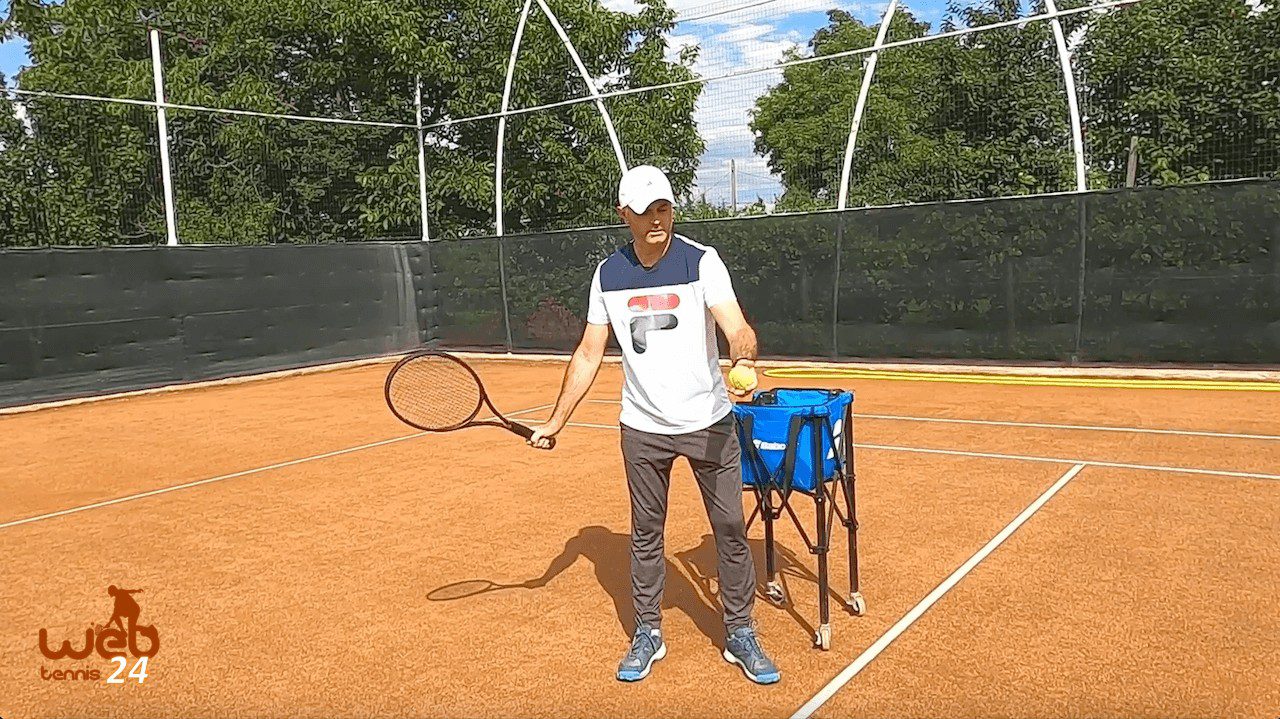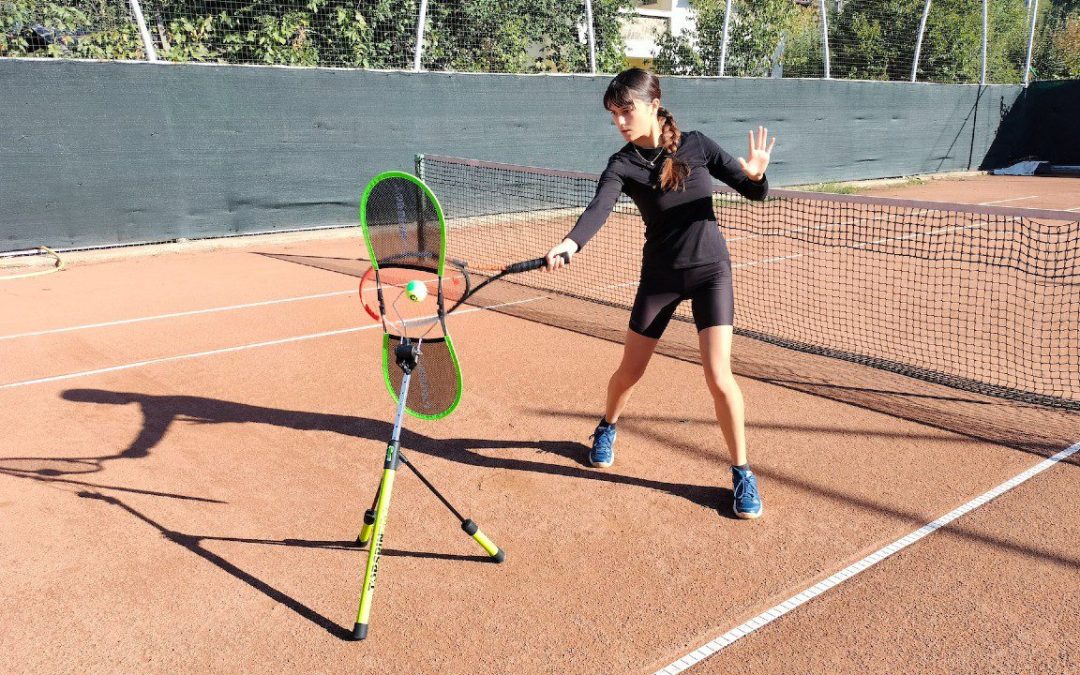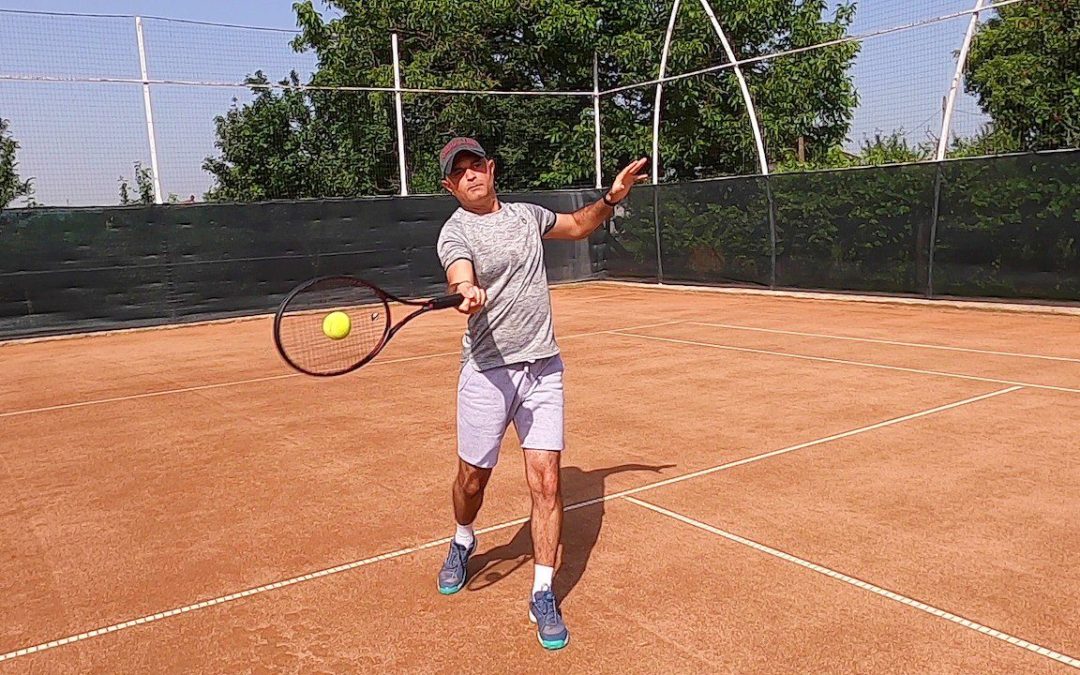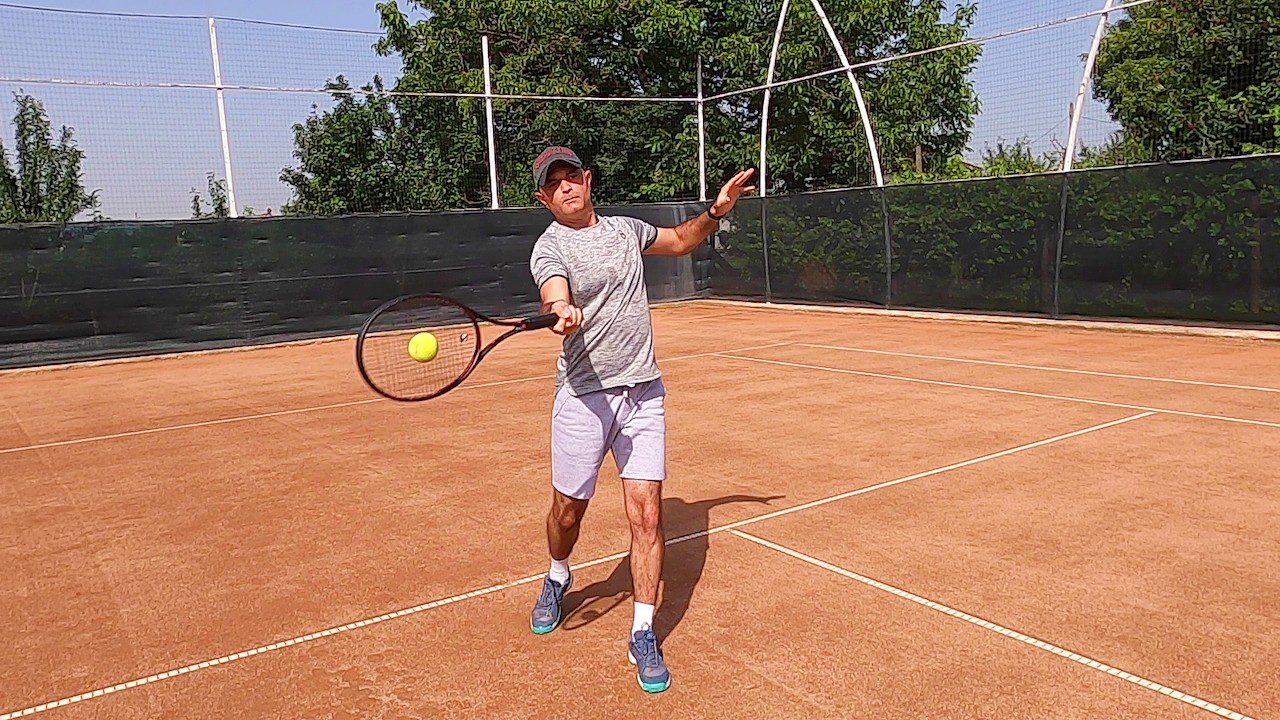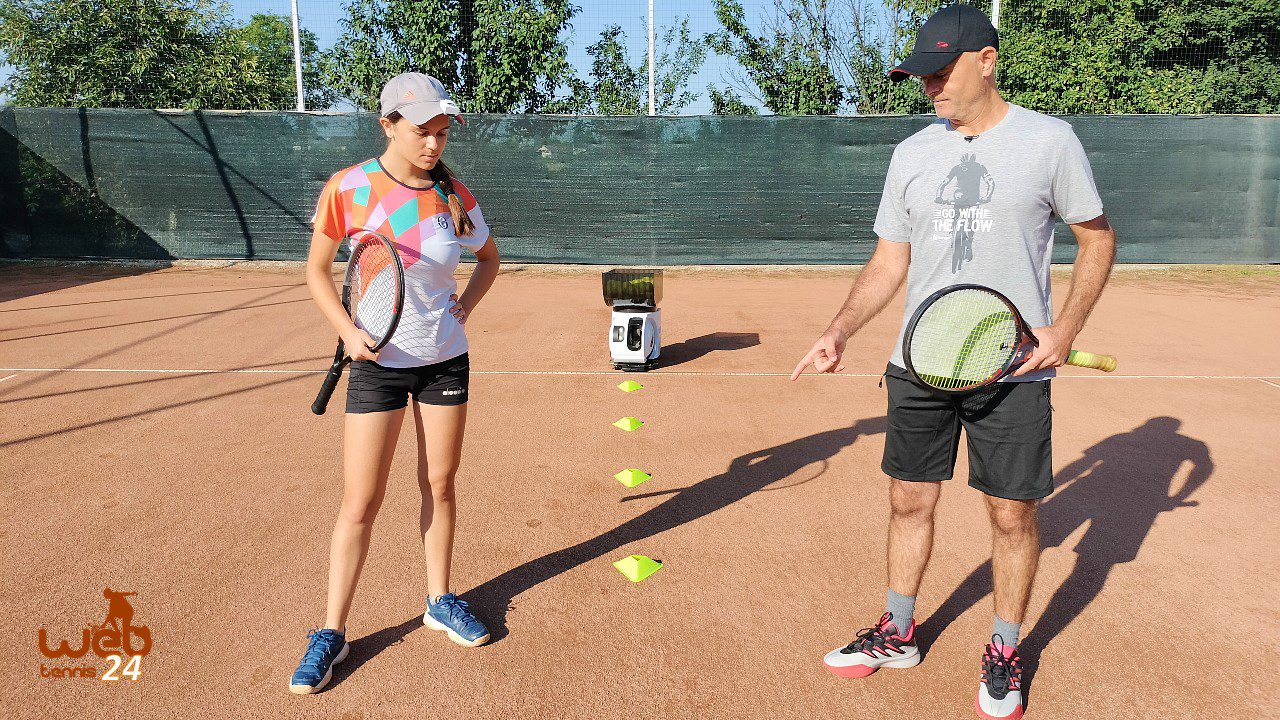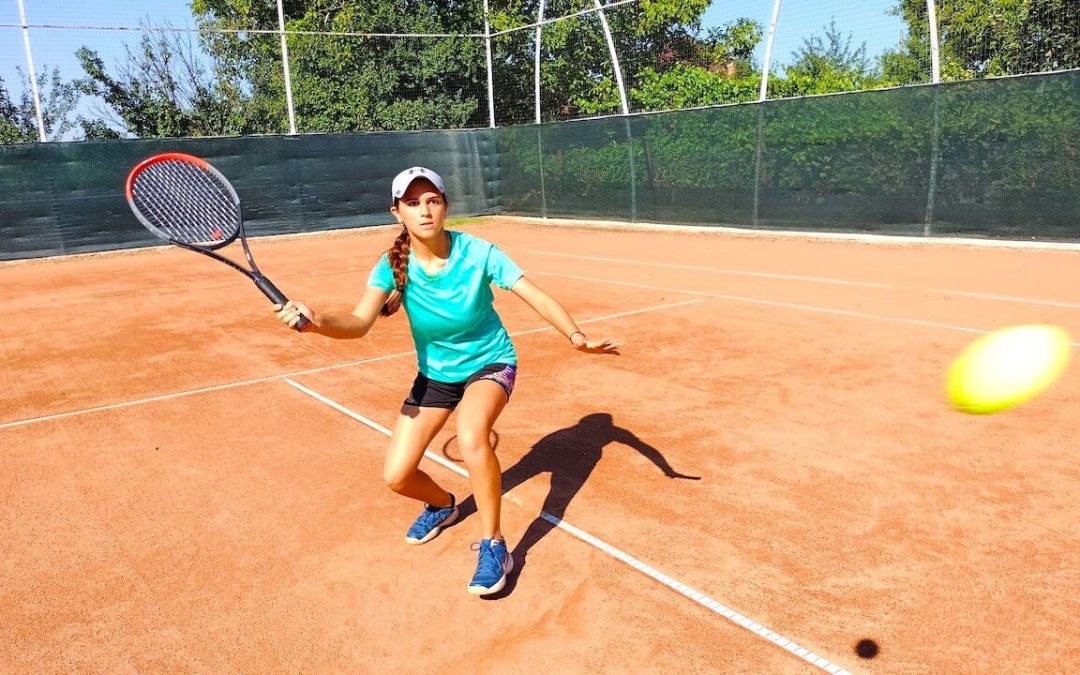
Stop Losing Points! Practice These 2 Match Pressure Tennis Drills
Match Pressure Tennis Drills: 2 Realistic Practice Routines
If you want to simulate match intensity and stop losing easy points, these match pressure tennis drills are designed to recreate realistic scoring stress while building consistency, focus, and net play. I use them with a PongBot ball machine or a feeder, and they work whether you are a player, coach, or parent.
Why these match pressure tennis drills work
Both drills force you to treat every ball as a point-deciding shot. Missing any single ball hands the opponent a point, so you practice concentration, movement under fatigue, and shot selection exactly like in a match. They also condition you physically because the sequences include baseline rallies, approach shots, volleys, and overheads.
Drill 1: All-Court Six-Ball Sequence
Purpose: train baseline consistency, short ball recognition, approach timing, volley technique, and finishing with an overhead under pressure.
- Setup: Position the ball machine or PongBot robot at the baseline. Set it to feed a fixed sequence of six balls: forehand from the baseline, backhand from the baseline, a short ball for an approach, a backhand volley, a forehand volley, and an overhead.
- Rule: To earn one point (15), you must hit all six balls in. If you miss any of them, the machine gets the point. Continue accumulating points to 30, 40, and game.
- Coaching cues: Move forward aggressively on the short ball, take the ball early into the volley, and prepare your overhead with split-step timing. Pace yourself – this drill is physically demanding.
- Variations: Reverse ball order, add topspin or slice, shorten recovery time, or change feed pace to increase difficulty.
Drill 2: Serve-and-Volley Game Simulation
Purpose: train effective serving, quick approach, first volley control, and closing out points at the net under realistic pressure.
- Setup: Serve from the baseline. After an in serve, rush to the net. Program the machine or feeder to begin feeding volleys once you reach a designated recovery spot halfway between the net and service line.
- Rule: The point requires one in serve plus four volleys in to earn the point. Two serve attempts are allowed to simulate real match serving rules. Any miss gives the opponent the point.
- Coaching cues: Use the first serve aggressively, then take small steps, and controlled volleys. Focus on footwork, getting into the recovery trigger zone so the feed starts when you arrive.
- Variations: Practice from both deuce and ad courts, adjust serve type, or shorten the time between feed and approach to raise pressure.
Practical tips and programming
- Use a ball machine app to save and repeat these exact drills; increase spin or speed as you improve.
- Limit continuous reps if players get exhausted. Short sets recreate pressure without excessive fatigue.
- Turn drills into short games to build competitive focus: best of 3 games or sudden-death game points.
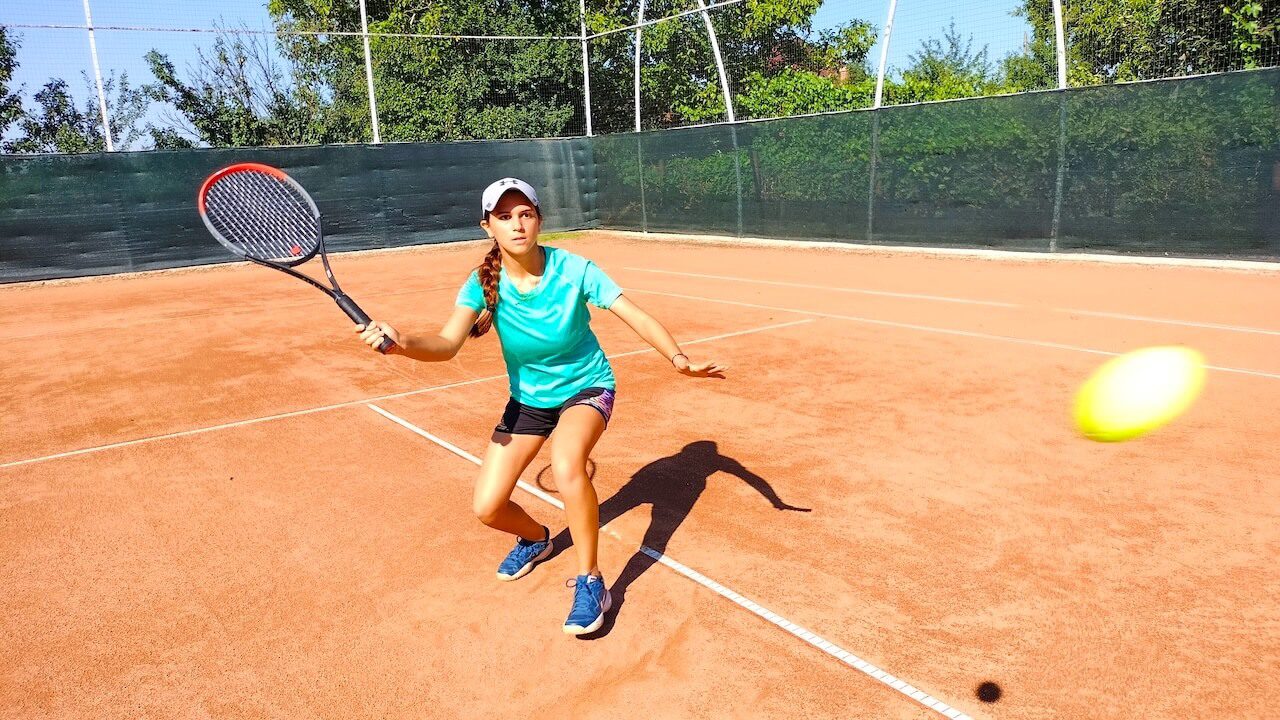
Frequently Asked Questions
- Can I do these drills with a partner instead of a ball machine?
Yes. A coach or partner can feed the exact sequences. The key is consistent order and honest scoring so the pressure stays real. - How many repetitions should I do per session?
Start with 6 to 12 games total, splitting into short sets. Quality over quantity. If accuracy drops, stop and rest or reduce speed. - What age or level are these match pressure tennis drills for?
They are scalable. Beginners can slow the feeds and shorten sequences. Intermediate and advanced players can add pace, spin, and tighter recovery triggers. - Should I track scores or just count successful sequences?
Track scores. The match-style scoring reinforces pressure and gives clear feedback on progress under realistic conditions.



